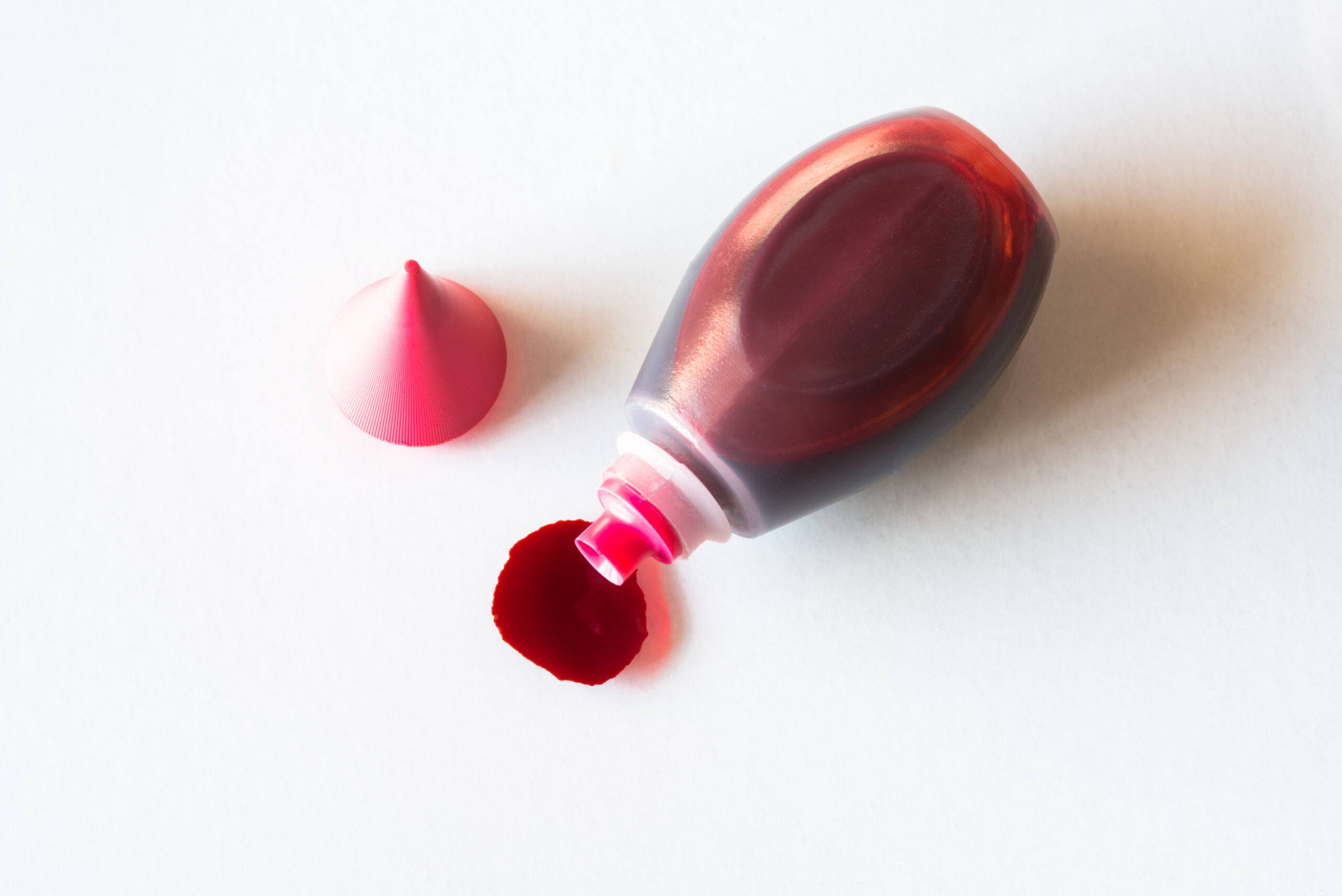Have you ever wondered why your fingers, tongue, or mouth stain red after eating certain foods? The culprit is Red Dye 40, a popular artificial food coloring used in many processed foods and beverages such as Hot Cheetos, fruit snacks, cereals, popsicles, candy, soda, and energy drinks to give them a bright red color.
Red Dye 40 may be found in your favorite foods, snacks, and drinks.
Image Source: Scott Olson / Staff
What is Red Dye 40?
Red Dye 40 is a color additive made from petroleum and is one of the nine artificial food dyes approved and certified by the Food and Drug Administration (FDA) for consumption. It has a lot of controversies because it is industrially manufactured and not made from natural resources, raising health concerns for many individuals. With more people becoming aware of the health concerns Red Dye 40 holds, companies have made it their duty to list Red Dye 40 on their food labels. Because Red Dye 40 has multiple names, such as Red 40, Allura Red AC, Red 40 Lake, FD&C Red no. 40, FD&C Red no. 40 Aluminum Lake, CI Food Red 17, INS no. 129, or E129, it is important to be aware of them and read ingredient labels, especially if you are concerned about any possible side effects.
Common and Not-So-Common Effects of Red Dye 40
As with many products, there are possible adverse side effects with the consumption of Red Dye 40, especially with individuals sensitive to synthetic food dyes. One potential side effect linked to the consumption of Red Dye 40 is that it may cause changes in behavior, particularly in children. Children diagnosed with attention-deficit/hyperactivity disorder (ADHD) or other neurodivergent disorders could experience increased hyperactivity, aggression, and impulsiveness with increased intake of products with Red Dye 40. Some studies show that Red Dye 40 has been linked to notable issues including allergic reactions, migraines, abdominal pain with nausea and vomiting, and cancer. It is important to note that the European Food Safety Authority previously set an acceptable daily intake (ADI) of Red Dye 40 for people of all ages, which is 3.2 milligrams of Red Dye 40 per pound of body weight.
Alternatives to Red Dye 40
Although Red Dye 40 is in many processed foods, the best alternative is to consume products with natural ingredients or to make foods from scratch. Replacing food dye with beets, pomegranates, hibiscus flowers, and berries is an excellent option if you are cooking or baking at home. Natural ingredients, such as vegetables and fruits, can also give you a bright red color you may desire without using artificial color agents.
Featured Image: © Michelle /Adobe Stock










